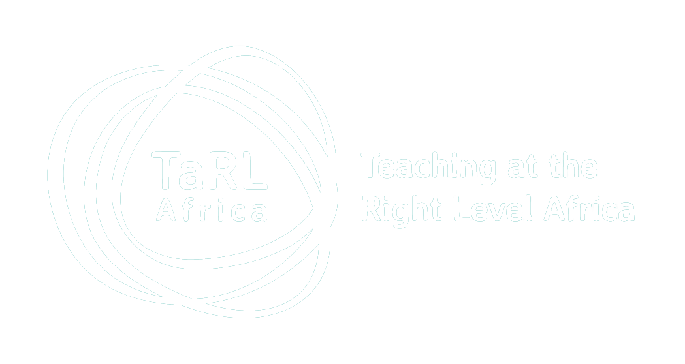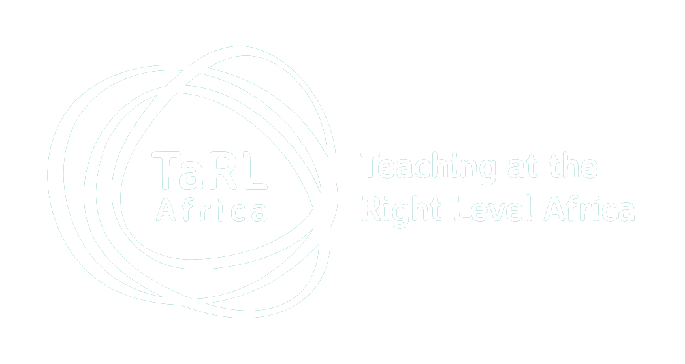Measurement
and
Monitoring
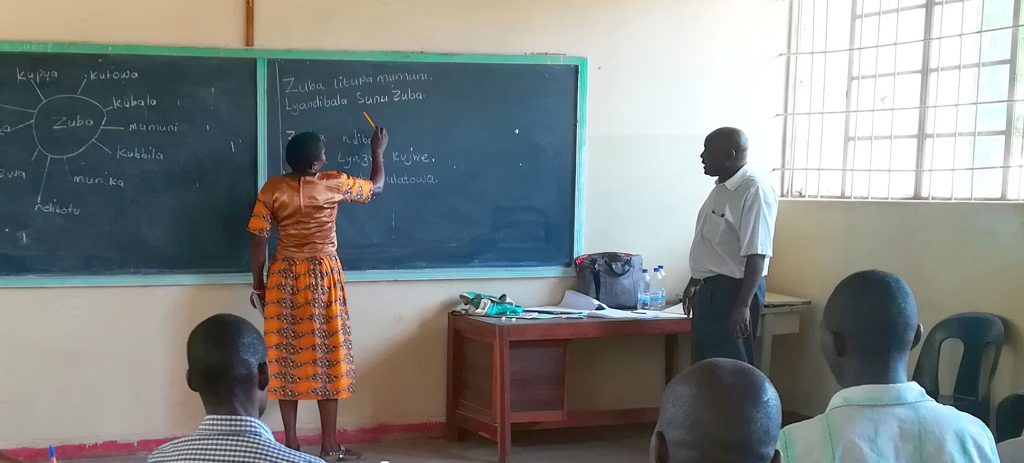
This page explains TaRL monitoring data and how it is collected and used by different TaRL actors.
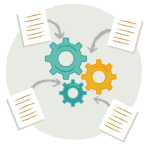
Collecting monitoring information during TaRL programmes is a key ingredient for success, because it can be used to understand learning levels, identify programme components that need improvement, and make strategic decisions about how effort and time are spent.
Most TaRL programmes have two main sources of data:
1. Assessment data: Usually at the beginning, middle, and end of the programme, children are tested using simple reading and mathematics arithmetic-skills assessment tools. Children may also be tested more frequently. These results are recorded and used to group children and track progress. Assessment data should be aggregated quickly to ensure that TaRL programme teams are able to identify schools or areas which require more support.
2. Classroom observation data: Often, information regarding the instructor’s behaviour is collected to help mentors identify instructors, schools, or areas which require additional support. This information can also guide teacher training and inform design tweaks for the programme or policy.
The kinds of questions included in classroom observation forms should be specific to the programme, and may change over time as you realise which questions are more or less useful. Some of the principles that have informed TaRL measurement and monitoring strategies are:
- Ensure that information collected has a practical purpose, and cut down on unnecessary data collection.
- Create clear, understandable measurement items.
- Build in prompts for action: including creating time and space for data review and discussion, and designing tools which make aggregating data across items clear.
- Have clear definitions and a common understanding of each indicator to get accurate data.
- Ensure that data and insights generated from it are quickly and easily available at every level for quick decision-making.

The TaRL delivery model determines who collects the information. For example, in government-led models, government monitors or supervisors played a key role in collecting data. Often, those who play the role of mentor also act as monitors. Mentor-monitors are carefully trained in data collection and its use and are given practice with the data collection tools before they go out into the field.
A key tenet of TaRL is constant re-assessment of where everyone is (the mentors, teachers, learners), a celebration of what is going well, and a reactive plan to think about how to improve.
Information is collected at multiple points and drives action from the individual child level all the way up to the national or organisational level. Regular review meetings and feedback loops are required to ensure that information is acted upon. Feedback based on this information is then used in the programme design. TaRL implementers use data differently depending on their roles.
TaRL Instructors and Schools
- Use assessment data to group children into learning level groups. The process of moving from assessment to immediate grouping by level facilitates data-driven instruction in the classroom.
- Information collected through oral one-on-one assessment also connects the instructor to the problems each child is facing (because they can see when and how children make mistakes during the test) this enables instructors to target the areas where the child needs support and motivates the instructor when the child improves.
- Instructors also receive feedback from mentors based on classroom observation data and use this information to support what they are aiming to achieve in the classroom.
Mentors
- Provide immediate feedback to instructors after each mentoring-monitoring visit. Classroom observation forms or checklists can guide mentors to take note of particular instructor behaviours, prompting a helpful response.
- Track school and instructor progress throughout implementation. Mentors use assessment and classroom observation data to identify problem areas and to determine the support that instructors need.
- This information also drives discussions during regular review meetings.
Provincial or National-level Officials and Policymakers, or NGO Leadership
- Use aggregated assessment and classroom observation data to make broader, high-level policy decisions. This information can be used to strengthen systems on an ongoing basis.
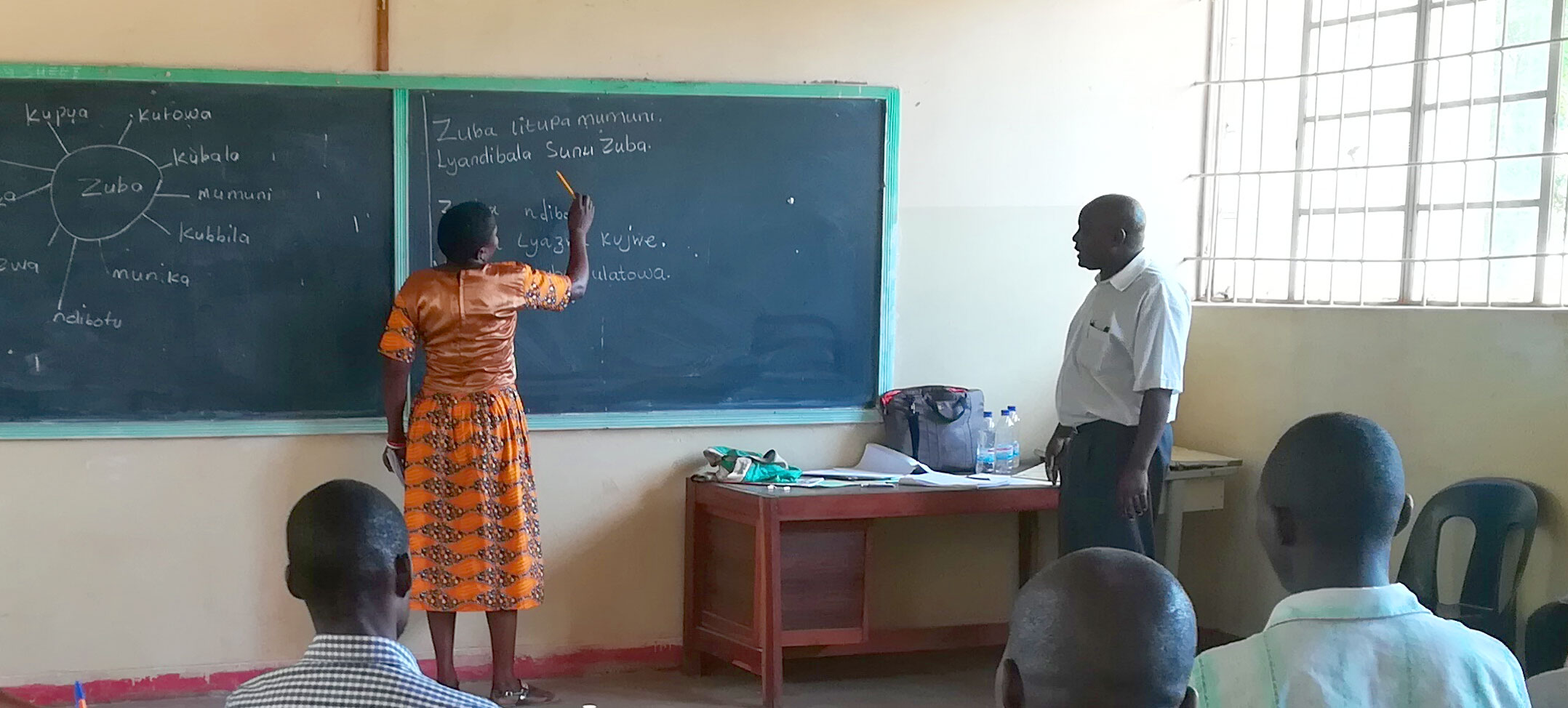
Catch up Mentoring and Monitoring Teams in Zambia
The first step in setting up a mentoring and monitoring system in Zambia was to identify a team of people who could regularly observe, monitor, and offer support to Catch Up teachers.
When building a mentoring and monitoring team, Zambia’s Ministry of Education tapped into already existing monitoring frameworks. In order to ensure accountability, monitors from outside the school were trained in TaRL practices, and assigned to schools. With large distances between schools and limited transportation options, it was difficult for mentors to move between schools to observe classes on a weekly basis.
Therefore, to ensure that teachers received regular support and monitoring, a multi-layered data collection approach was created:
Senior teachers were based in schools, and responsible for giving ongoing support to teachers and collecting data every second week. They helped to ensure that teachers were regularly monitored and received support as needed.
Mentors from outside the school also provided support:
Zonal In-service Coordinators (ZICs) were responsible for five schools within a zone.
District Resource Centre Coordinators (DRCCs) supported the whole district in TaRL implementation. There were 20 schools per district involved in the pilot. DRCCs conducted observations of a few schools within their district throughout the pilot.
In addition to using the already existing government teams, a support system was provided by VVOB – education for development:
VVOB coordinators visited all schools in the district conducting Catch Up (20 schools) on a monthly basis, supporting teachers and collecting information. ZICs, DRCCs, and VVOB coordinators generally did not inform schools before their visits, to ensure that they were observing regular Catch Up classes, rather than lessons prepared specifically for their visits.
In addition, parent monitors visited schools on a weekly basis to observe classes.
Review and decision-making
Once per month, the senior teachers in each zone (roughly five to ten schools) came together with the relevant ZIC to review the data they had collected and to discuss issues that arose. The district also regularly held review meetings. At the end of the pilot, the Ministry HQ brought together leaders from each district together. They each presented on the data from their respective district and then together, the HQ and district teams made a decision about bringing the approach to scale.
